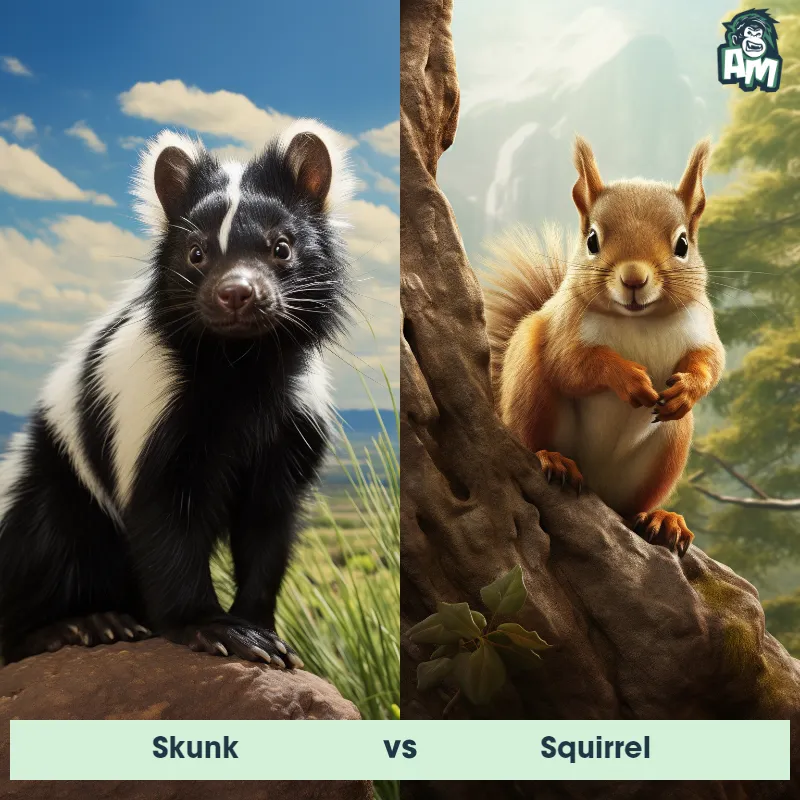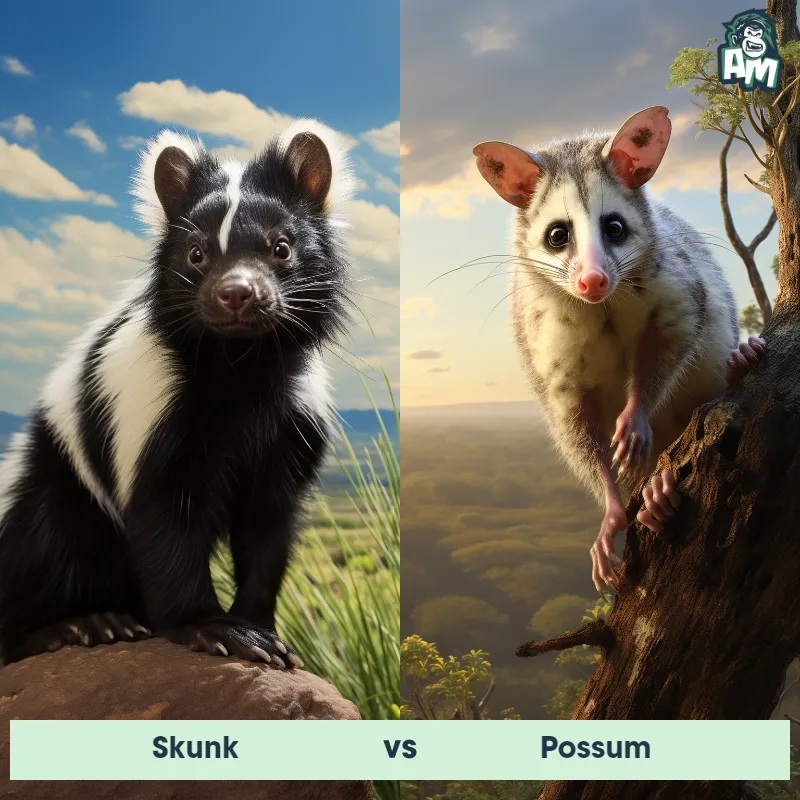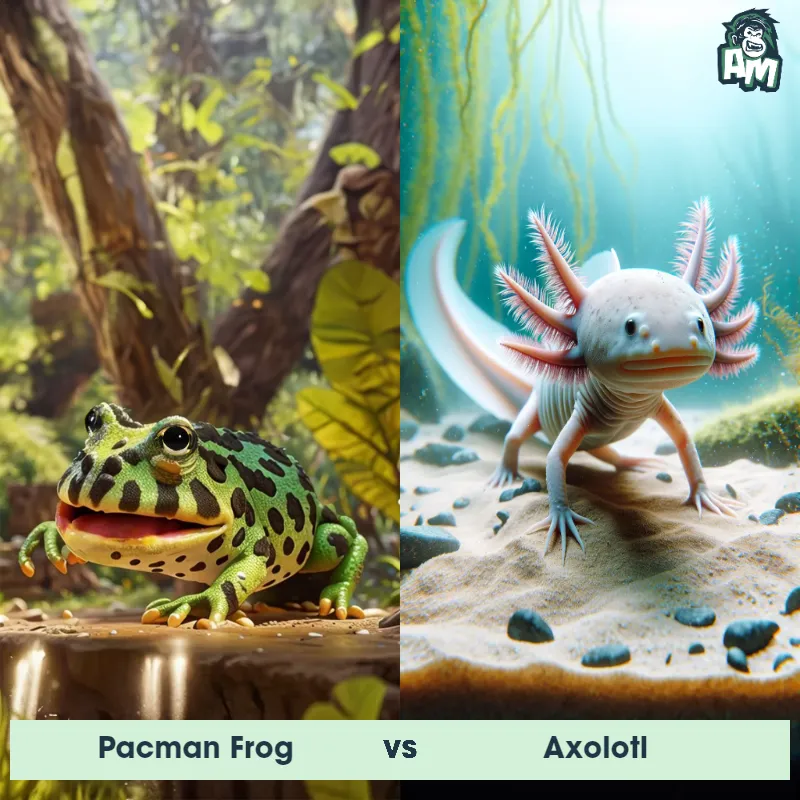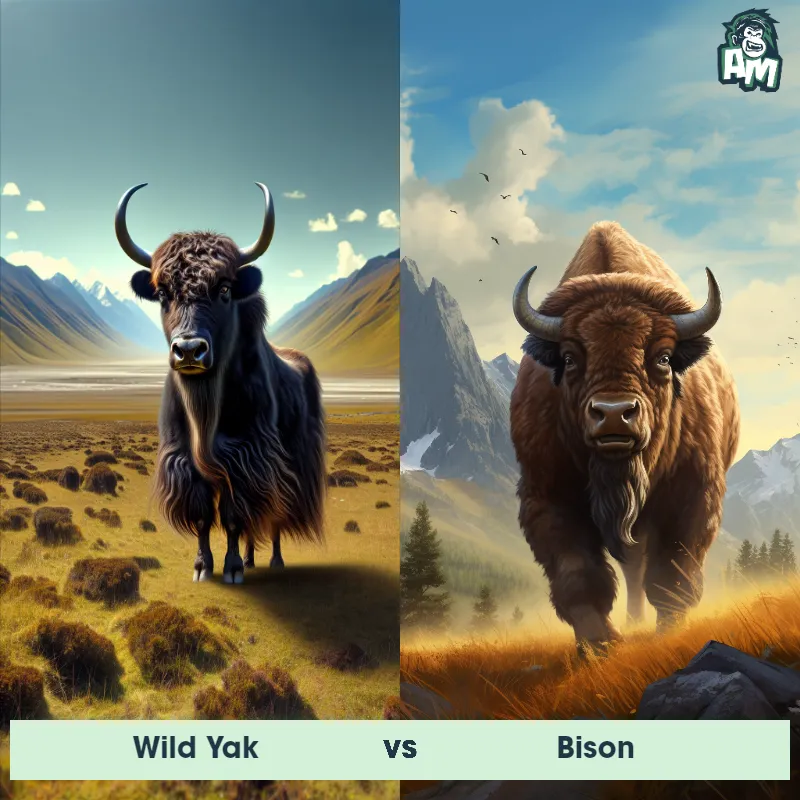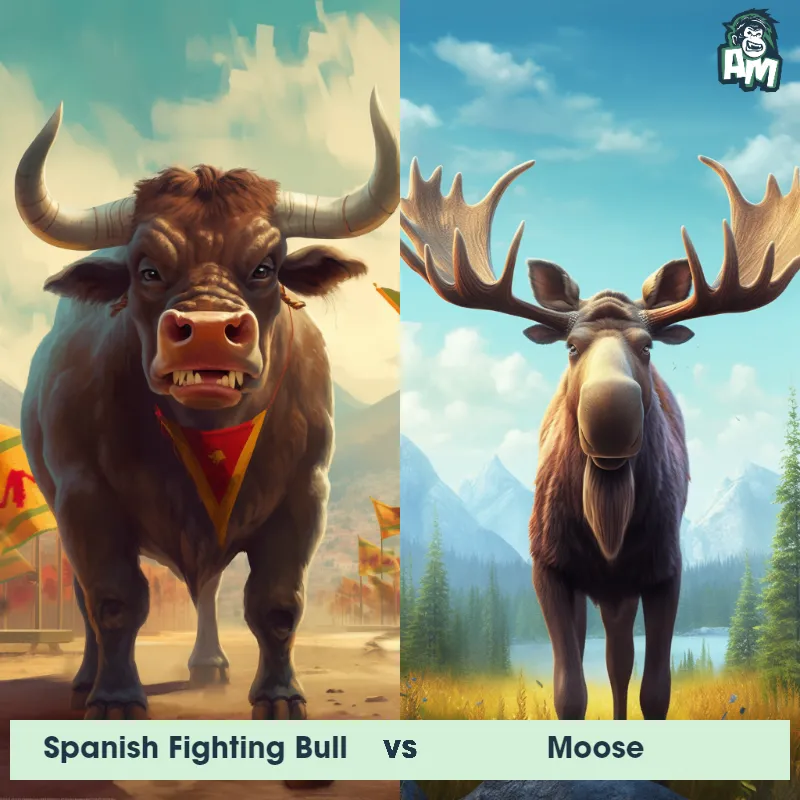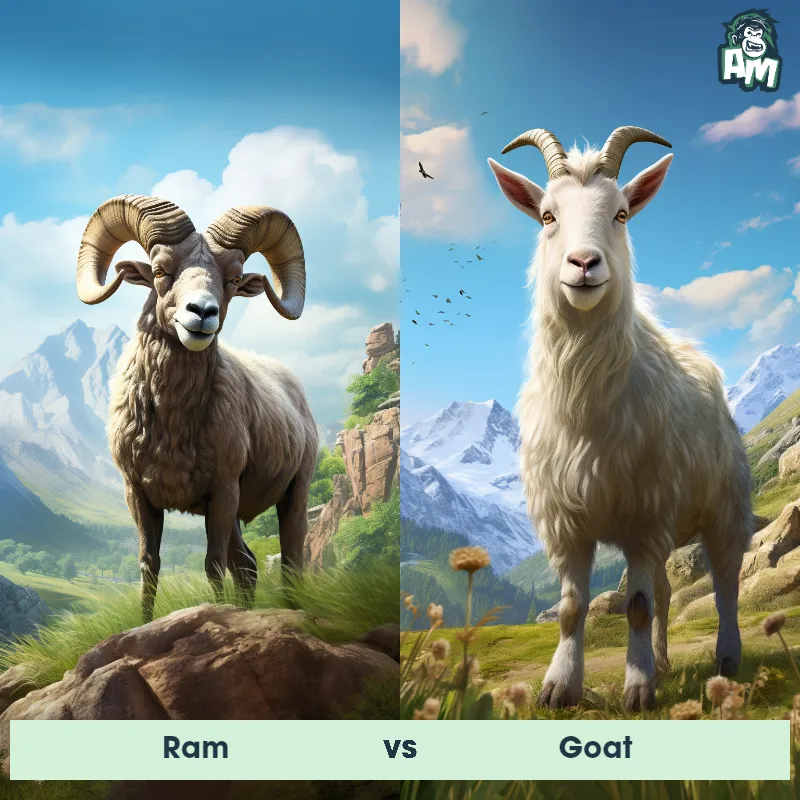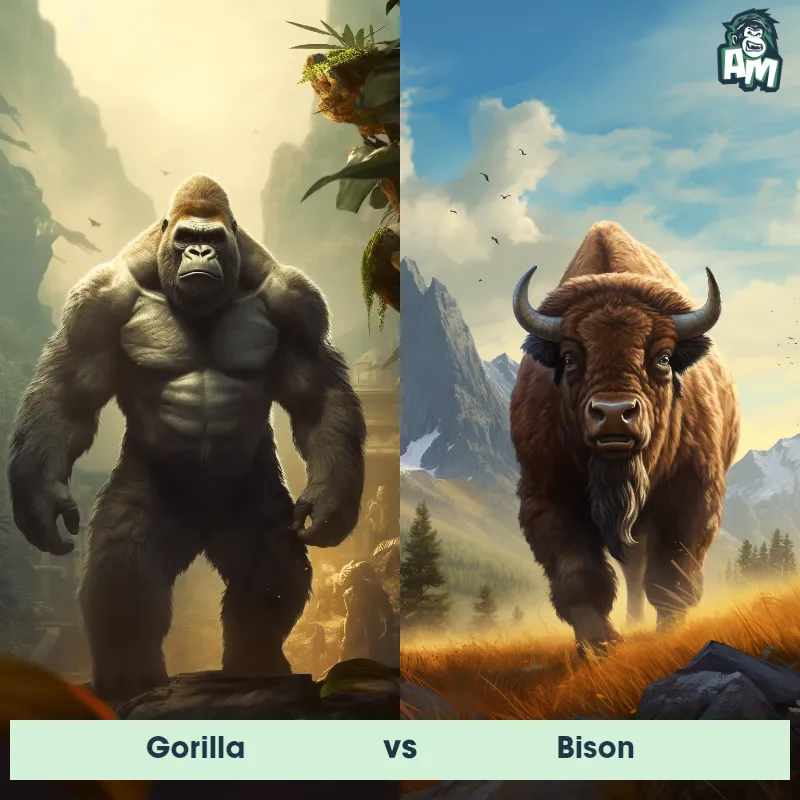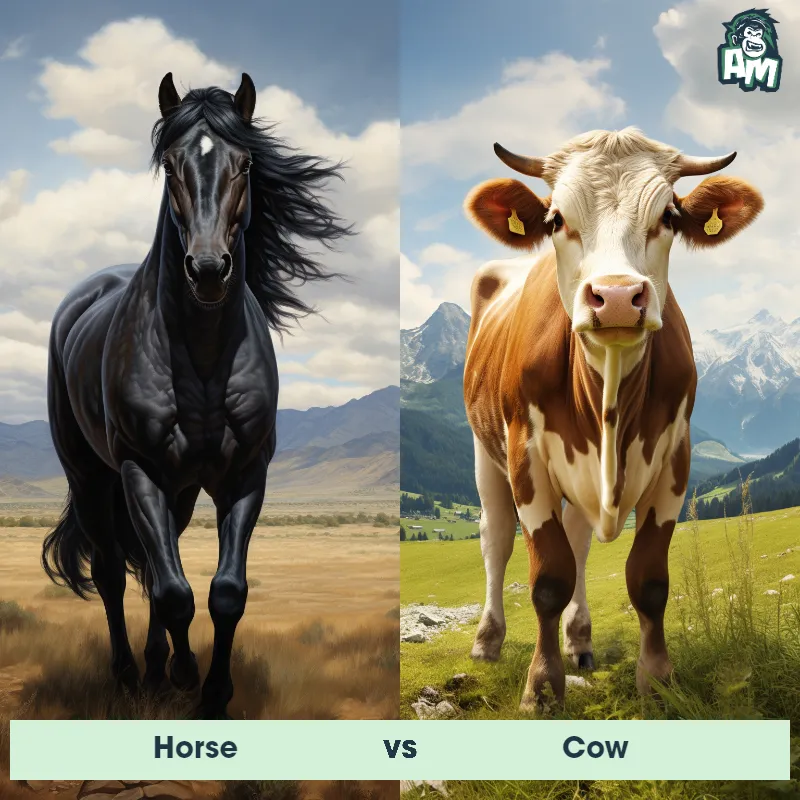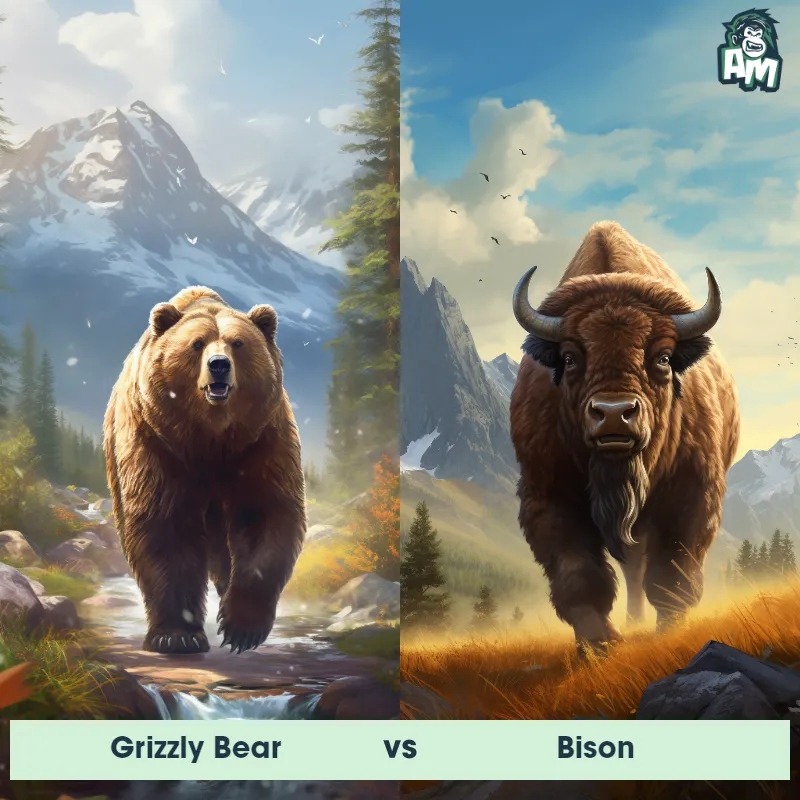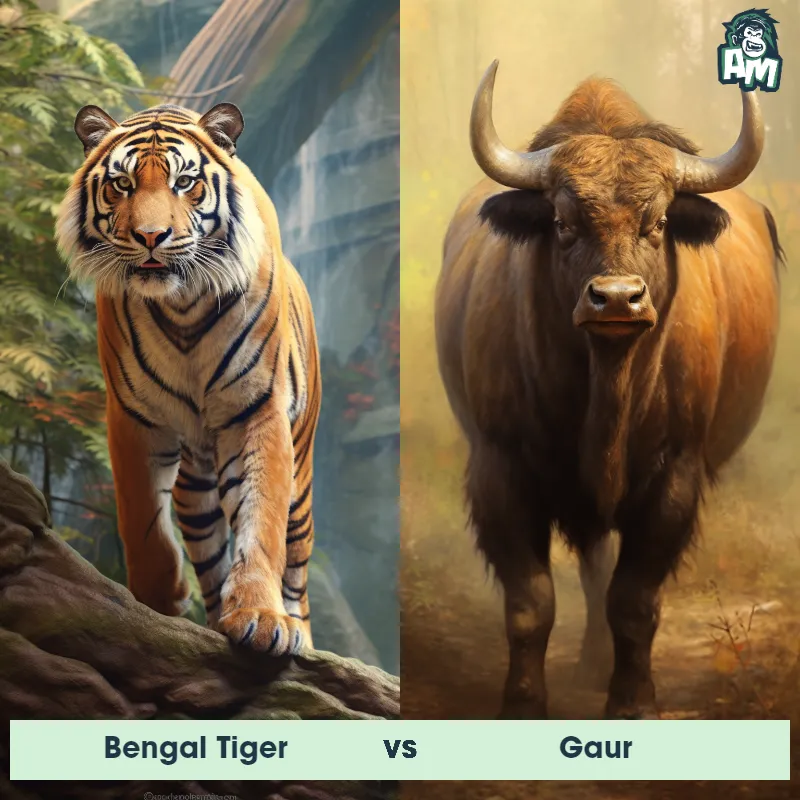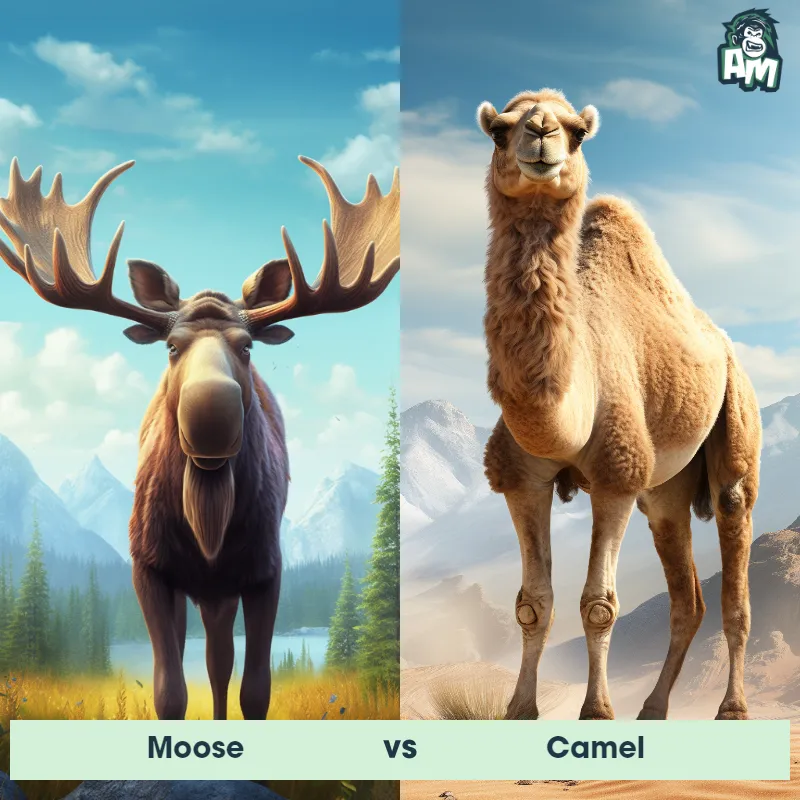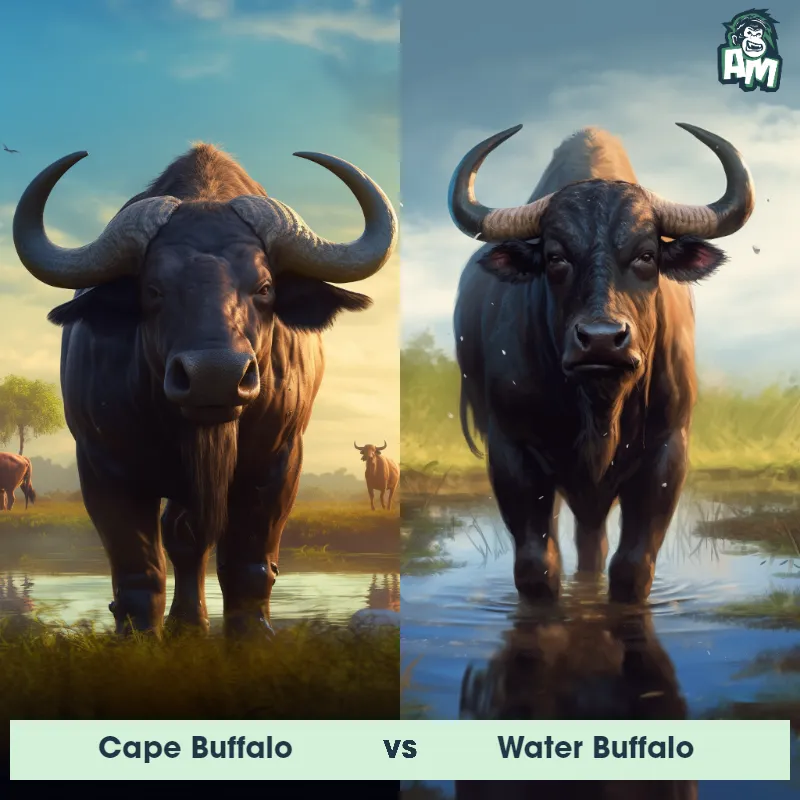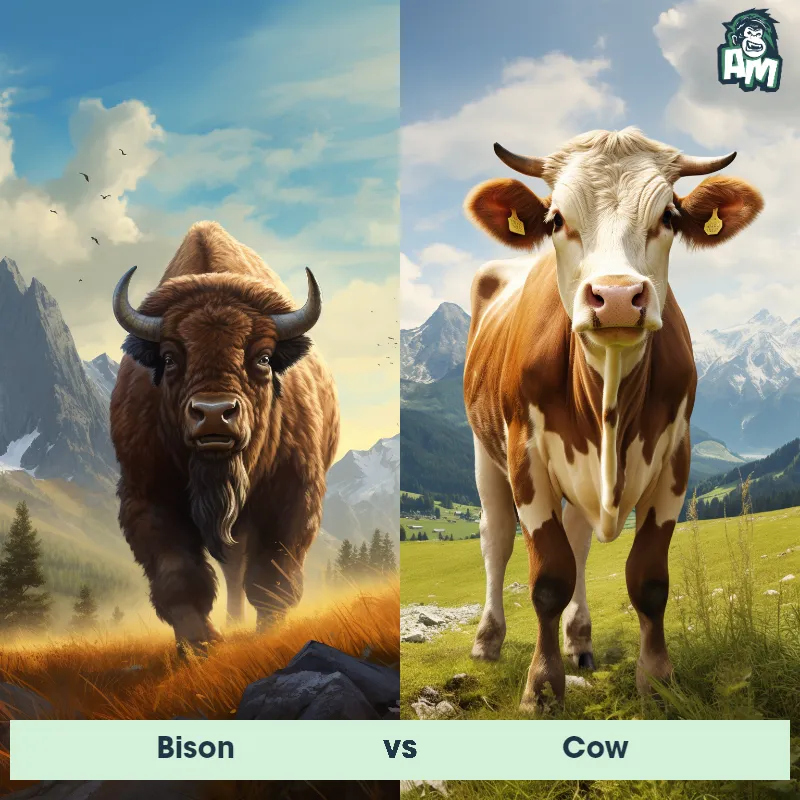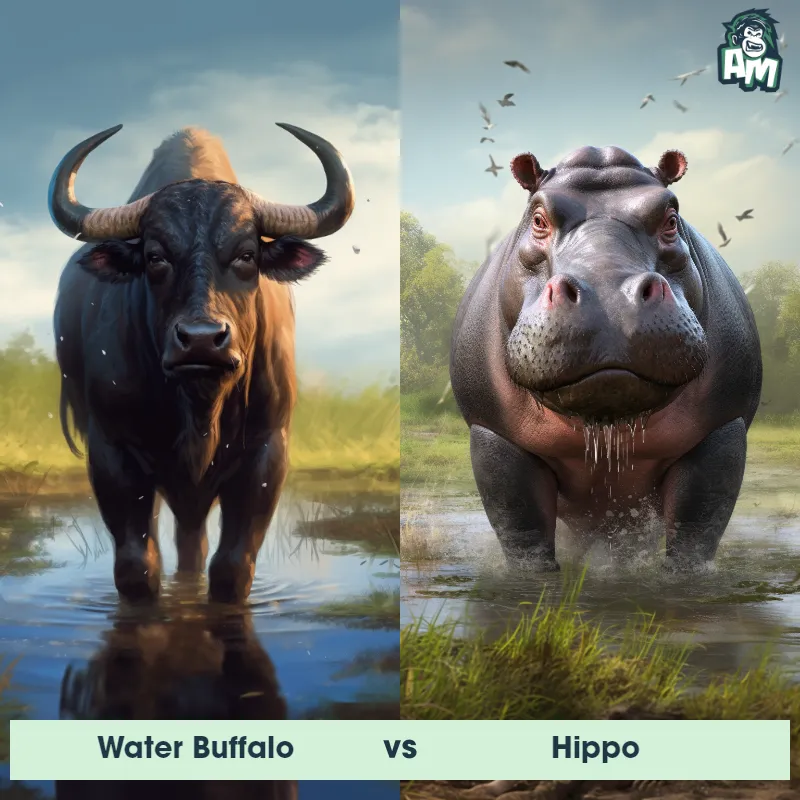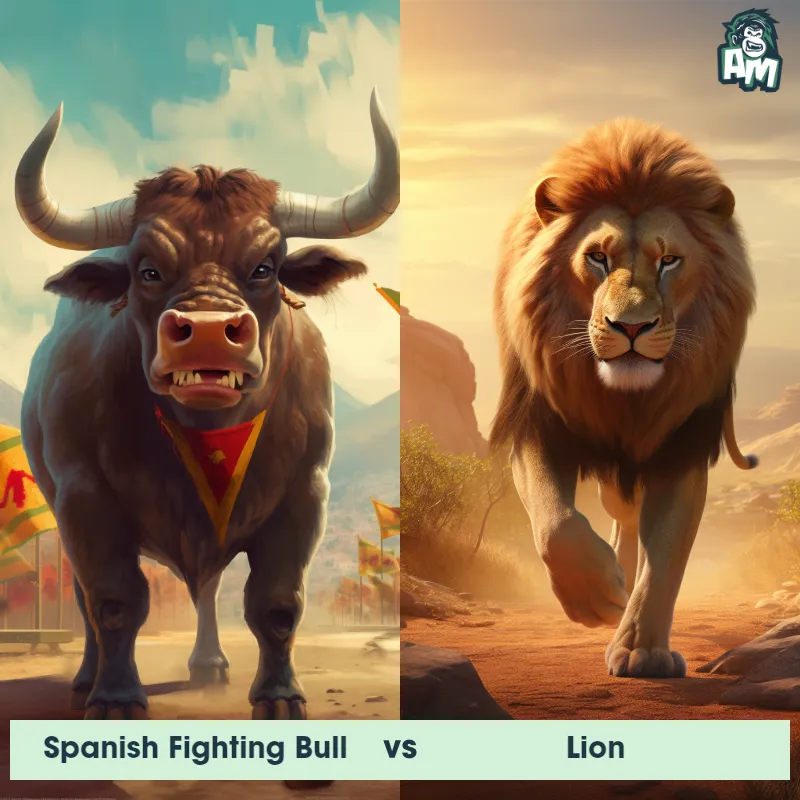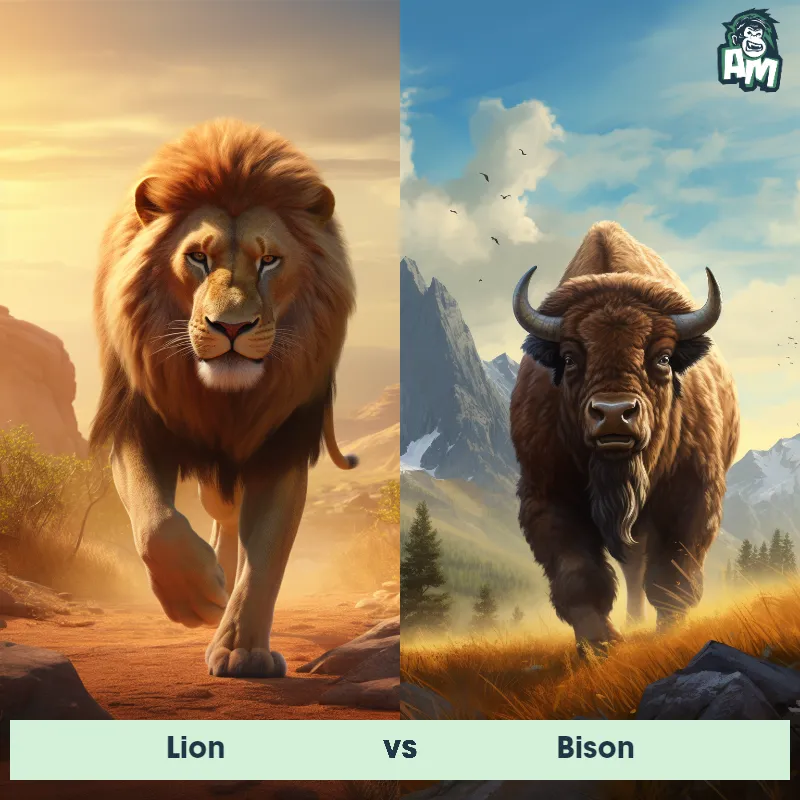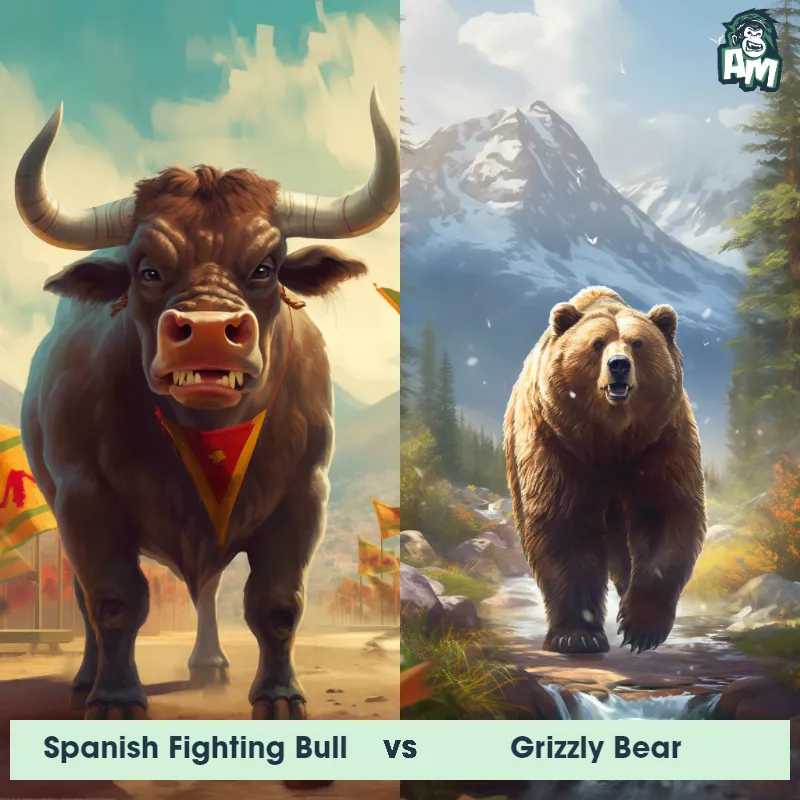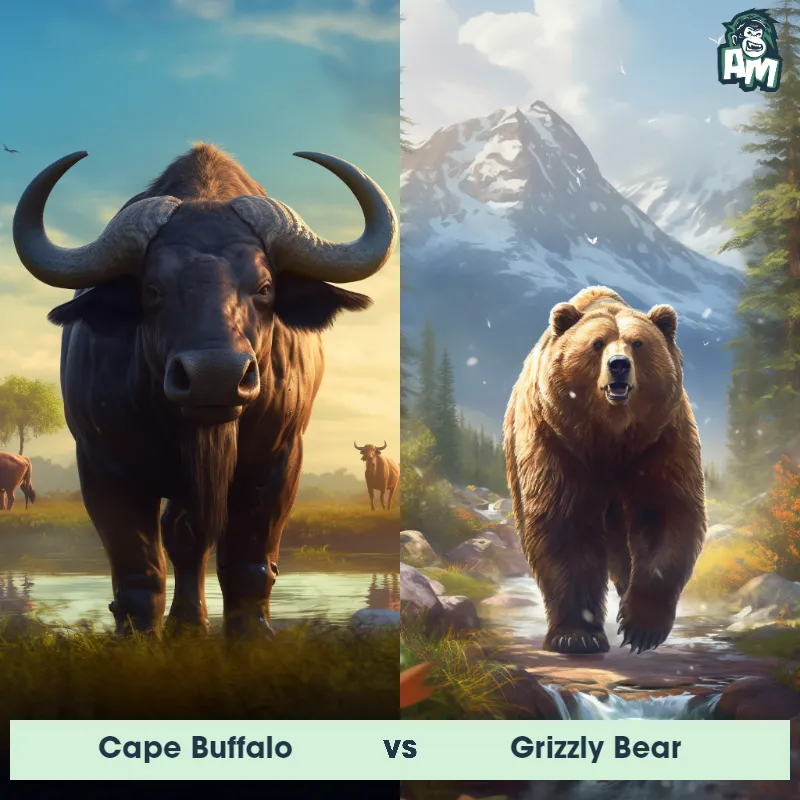llama vs GoatSee Who Wins

Ladies and gentlemen, welcome to this epic showdown between two formidable opponents! Today, we witness the clash between a llama and a goat. As the crowd eagerly awaits the action, anticipation fills the air. Let's see how this battle unfolds in the Animal Matchup Arena!
Contender 1: llama
The Llama is a domesticated South American camelid, widely known for its use as a pack and meat animal by Andean cultures since the Pre-Columbian era. They have a large, elongated body standing on four legs, with a long neck and a small head. Covered in thick wool, llamas can come in a variety of colors, including white, black, brown, and gray. They are social animals, often living in herds, and are uniquely adapted to harsh environments, particularly high altitude regions.
Fun Fact: Llamas have an interesting way of communicating: they express themselves through a series of ear movements, body language, and humming sounds.
Contender 2: Goat
The Goat is a versatile, domesticated livestock animal known for its adaptability to various climates and environments worldwide. They have rectangular pupils, short tails that are pointed upwards, and sturdy, cloven hooves. Most goats possess a pair of horns. They are covered in a coat that can vary greatly in color, from white, black, brown to multicolored patterns. Their primary use is for milk, meat, and fiber production, but they are also kept as pets due to their friendly and curious nature.
Fun Fact: Goats are excellent climbers and can scale steep, rocky terrains with ease, even trees in some cases, due to their balance and strong hooves.
Matchup Stats
| llama | Goat | |
|---|---|---|
| Size | 5.6 to 5.9 feet tall at the shoulder (1.7 to 1.8 meters) | 17-42 inches tall at the shoulder (43-107 cm) |
| Weight | 290 to 440 pounds (130 to 200 kilograms) | 100-300 pounds (45-136 kg) |
| Speed | 35mph (56km/h) | 15mph (24km/h) |
| Key Strength | Ability to spit, kick, and charge at opponents | Strong horns and agility |
| Biggest Weakness | Lack of sharp teeth or claws for defense | Lack of size and strength compared to larger predators |
Current Votes
llama vs Goat
See Who Wins
View More Matches
Looking For More?
Similar Matches
Scientific Stats
| llama | Goat | |
|---|---|---|
| Scientific Name | Lama glama | Capra aegagrus hircus |
| Family | Camelidae | Bovidae |
| Habitat | Mountainous, high altitude regions | Mountainous regions, grasslands, forests, and deserts |
| Geography | Native to South America, specifically the Andean region | Worldwide |
| Diet | Herbivore, primarily grazing on grasses and other vegetation | Herbivore, eats grasses, shrubs, and leaves |
| Lifespan | 15 years - 25 years | 8 years - 18 years |
Key Differences between llama and Goat
- Horns: Goats commonly have horns, whether they are males or females, whereas llamas generally do not have visible horns and are only occasionally observed with small, rounded structures called "scurs."
- Ears: Llamas possess long, curved ears that point slightly outward, which aid in their acute hearing capabilities, while goats have short, upright ears that often point forward.
- Tail: The llama's tail is slender and tapers to a point, usually carried downward towards the ground. In contrast, goats' tails are relatively short and often stick up or curve slightly upward.
- Coats: Llamas exhibit a thick, fluffy coat composed of soft, wool-like fibers that can vary in color, including shades of white, brown, black, or even spotted, while goats have shorter hair, which can be straight or curly, and are found in a wider range of colors, such as white, black, brown, or patterns like patches or roans.
- Facial Features: Llamas have elongated, pear-shaped heads with a distinctive lengthened muzzle and large, expressive eyes. In contrast, goats have smaller, triangular heads with a shorter nose and narrow-set eyes.
- Size: Llamas are typically larger than goats, with llamas weighing around 280 to 450 pounds and standing about 5 to 6 feet tall, while goats weigh around 100 to 200 pounds and stand around 2.5 to 3.5 feet tall.








